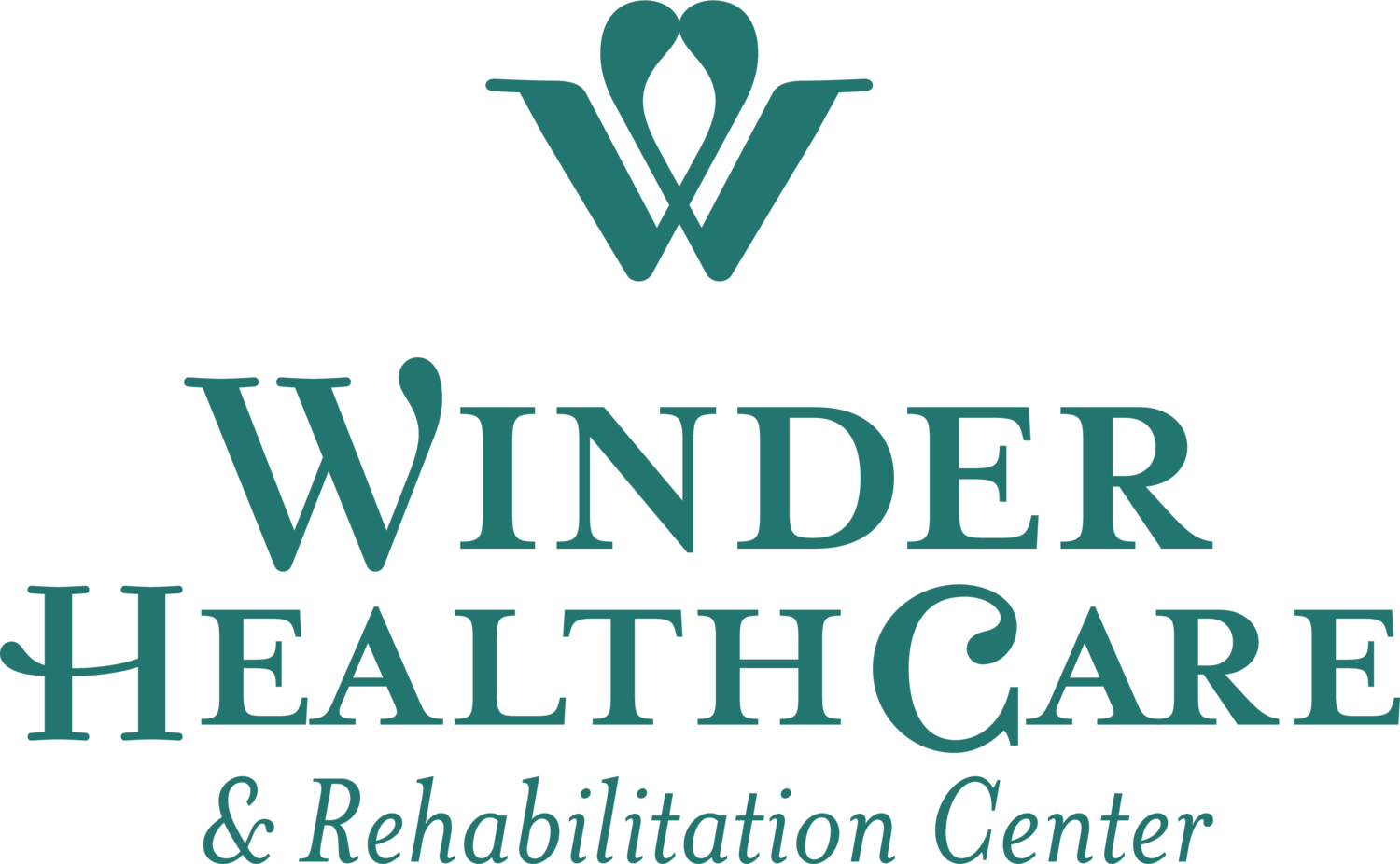REHABILITATION SERVICES
The purpose of rehabilitation is to restore some or all of the patient's physical, sensory, and mental capabilities that were lost due to injury, illness, or disease. Rehabilitation includes assisting the patient to compensate for deficits that cannot be reversed medically. It is prescribed after many types of injury, illness, or disease, including amputations, arthritis, cancer, cardiac disease, neurological problems, orthopedic injuries, spinal cord injuries, stroke, and traumatic brain injuries.
A proper and adequate rehabilitation program can reverse many disabling conditions or can help patients cope with deficits that cannot be reversed by medical care. Rehabilitation addresses the patient's physical, psychological, and environmental needs. It is achieved by restoring the patient's physical functions and/or modifying the patient's physical and social environment. The main types of rehabilitation are physical, occupational, and speech therapy.
Your interdisciplinary rehabilitation team, which includes highly trained and experienced specialists in this field, will work closely with you to advance your recovery, provide the skills and strategies to encourage your independence, and offer you and your family support and encouragement every step of the way.
Occupational Therapist (OT)
The OT checks current abilities and develops a treatment plan for meeting goals in Activities of Daily Living (ADLs) including:
Self–care, such as dressing and bathing
Leisure, such as hobbies
Work–related tasks
Problem solving to accomplish any of the above
Fine-motor skill development and strengthening, such as hand and arm exercises
If necessary, identify alternate ways with or without equipment to accomplish daily tasks
Positioning & Environment Modification
Splinting
Energy Conservation Training
Cognitive and Perceptual Training
Caregiver Education and Training
Physical Therapist (PT)
The PT checks current physical abilities and develops a treatment program for meeting goals in:
Mobility needed for activities of everyday life such as exercising muscles and joints, moving in bed, using a wheelchair, transferring (for example, from the wheelchair to the car) and walking with or without equipment.
Gait Training
Neuromuscular Re-education
Therapeutic Exercises
Total Knee Replacement Rehab
Total Hip Replacement Rehab
Fall Recovery
Manual Therapy
E-Stim/Ultrasound
Speech Therapist/Speech–Language Pathologist
The speech–language pathologist provides evaluation and clinical therapeutic services to patients in the areas of:
Swallowing Disorders
Speech, Language & Communication
Cognitive Dysfunction including maximizing independence for patients with Dementia
Voice Disorders
Aural Rehabilitation
Family/Caregiver Education

